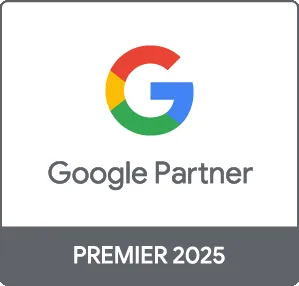Google AdWords marketing is a powerful tool for businesses looking to increase their online visibility and drive targeted traffic to their websites. By leveraging pay-per-click advertising, you can effectively reach your ideal audience, boost conversions, and maximize ROI. In this comprehensive guide, we’ll cover the fundamentals of Google AdWords marketing, including strategies for creating effective campaigns and tips for optimizing your ads.
Understanding Google AdWords
Google AdWords, now known as Google Ads, is an online advertising platform where businesses bid on keywords to display their ads in Google's search results and across its extensive display network. With over 3.5 billion searches per day, using Google Ads can significantly enhance your online presence.
1. Setting Your Goals
Before diving into Google AdWords marketing, it's essential to define your campaign objectives. Common goals include:
- Increase Website Traffic: Drive more visitors to your website.
- Generate Leads: Collect contact information from potential customers.
- Boost Sales: Encourage online purchases or bookings.
2. Keyword Research
Your keywords are critical to the success of your Google Ads campaign. Conduct thorough keyword research to identify relevant terms that your target audience is searching for. Use tools like Google Keyword Planner to:
- Find high-traffic keywords with low competition.
- Discover long-tail keywords that can attract more targeted leads.
- Analyze competitors' keywords to refine your strategy.
3. Creating Effective Ads
Once you have your keywords, it's time to craft compelling ad copy that resonates with your audience. Focus on:
- Clear Headlines: Capture attention with engaging headlines that include your primary keywords.
- Compelling Descriptions: Highlight the unique selling points of your products or services.
- Call to Action: Encourage users to take the next step, whether it’s visiting your website or making a purchase.
4. Setting a Budget
Google AdWords operates on a bidding system, so setting a realistic budget is crucial. Determine your daily or monthly budget based on your goals and monitor your spending regularly. You can also:
- Use automated bidding strategies to optimize your ad spend.
- Adjust bids based on the performance of specific keywords and ads to maximize ROI.
5. Monitoring and Optimization
After launching your campaign, track its performance using Google Ads analytics. Key metrics to monitor include:
- Click-Through Rate (CTR): Indicates how many people clicked on your ad compared to how many saw it.
- Conversion Rate: Measures the percentage of visitors who completed the desired action.
- Quality Score: Reflects the relevancy and quality of your ads and keywords.
Conclusion
Google AdWords marketing is a highly effective way to reach your target audience and achieve your business objectives. By setting clear goals, conducting thorough keyword research, creating compelling ads, managing your budget wisely, and continuously optimizing your campaigns, you can see significant returns on your investment. At Prebo Digital, our team of experts is ready to help you navigate the complexities of Google Ads marketing. Contact us today to start your journey towards online success!





